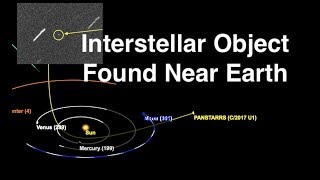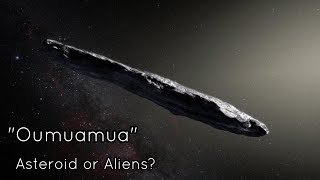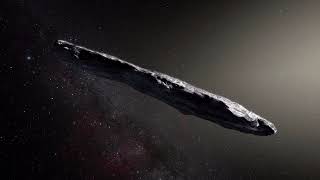Saturday, 03 January, 2026г.
















Где искать: по сайтам Запорожской области, статьи, видео ролики
пример: покупка автомобиля в Запорожье
VLT Discovers First Interstellar Asteroid is like Nothing Seen Before
On 19 October 2017, the Pan-STARRS 1 telescope in Hawai`i picked up a faint point of light moving across the sky. It initially looked like a typical fast-moving small asteroid, but additional observations over the next couple of days allowed its orbit to be computed fairly accurately.
The orbit calculations revealed beyond any doubt that this body did not originate from inside the Solar System, like all other asteroids or comets ever observed, but instead had come from interstellar space.
Although originally classified as a comet, observations from ESO and elsewhere revealed no signs of cometary activity after it passed closest to the Sun in September 2017.
The object was reclassified as an interstellar asteroid and named 1I/2017 U1 (`Oumuamua).
ESO’s Very Large Telescope was immediately called into action to measure the object’s orbit, brightness and colour more accurately than smaller telescopes could achieve. Speed was vital as `Oumuamua was rapidly fading as it headed away from the Sun and past the Earth’s orbit, on its way out of the Solar System. There were more surprises to come.
Combining the images from the FORS instrument on the VLT using four different filters with those of other large telescopes, the team of astronomers led by Karen Meech (Institute for Astronomy, Hawai`i, USA) found that `Oumuamua varies dramatically in brightness by a factor of ten as it spins on its axis every 7.3 hours.
Credit:
European Southern Observatory (ESO).
-------------------------------------------------------------------------------------------------
-------------------------------------------------------------------------------------------------
Twitter:
https://twitter.com/Cloud_Tube
Google +:
https://plus.google.com/+CloudTubeFliX
Похожие видео
Мой аккаунт


 У вашего броузера проблема в совместимости с HTML5
У вашего броузера проблема в совместимости с HTML5


